WHAT IS CANCER? TYPES , CAUSES, SYMPTOMS, WHY IS CANCER SO DEADLY? DIAGNOSIS, TREATMENT
- CANCER DEFINITION:
- TYPES
- CAUSES
- SYMPTOMS
- WHAT IS BREAST CANCER?
- CANCER IS DADLY / TREATABLE
- DIAGNOSIS
- TREATMENT
WHAT IS CANCER?
Cancer is an uncontrolled growth of abnormal cells in the body. Cancer develops when the body's normal control mechanisms stop working. Old cells do not die and instead grow out of control, forming new, abnormal cells. These extra cells form a mass of tissue called a tumor. Some cancers, such as leukemia, do not cause tumors.
Cancer can occur anywhere in the body. Among women, cancer is the most common. In men, it is prostate cancer. Lung cancer and colorectal cancer mostly affect both men and women.
TYPES OF CANCER:
Our bodies are made up of billions of cells. The cells are so small that we can only see them under a microscope.
Cells group together to make up the tissues and organs of our bodies. They are very similar. But vary in some ways because body organs do very different things. For example, nerves and muscles do different things, so the cells have different structures.
There are more than 200 types of cancer and we can classify cancers according to where they start in the body, such as breast cancer or lung cancer.
We can also group cancer according to the type of cell they start in.
Five Types Mention Here
1- Carcinoma
This cancer begins in the skin or in tissues that line or cover internal organs. There are different subtypes, including adenocarcinoma, basal cell carcinoma, squamous cell carcinoma and transitional cell carcinoma
2- Sarcoma
This cancer begins in the connective or supportive tissues such as bone, cartilage, fat, muscle or blood vessels
3- Leukaemia / Cancer Of Blood Cells
This is cancer of the white blood cells. It starts in the tissues that make blood cells such as the bone marrow.
4- Lymphoma And Myeloma
These cancers begin in the cells of the immune system Open a glossary item
5- Brain And Spinal Cord Cancers
These are known as central nervous system cancers
Causes Of Cancer:
1. Tobacco products
It is estimated that tobacco products will kill 1 billion people this century, many of them from cancer. Tobacco use is estimated to cause 22% of cancers worldwide and contribute to many other diseases. Laboratory tests have not yet identified the potential long-term effects of the novel electronic nicotine delivery system on cancer risk.
2. Infectious agents
Infections and chronic infections account for approximately 13% of cancers worldwide or 2.2 million cases per year, especially in low- and middle-income countries such as sub-Saharan Africa:
Bacteria are responsible for some colon cancers. Treatment with a combination of antimicrobial drugs is a potential cure;
Most cases of liver cancer are caused by a chronic infection with the hepatitis B virus and the hepatitis C virus. Vaccines and antiviral agents are effective.
Some carcinogenic infections, such as macro parasitic infections, are also important causes of cancer in the local population.
4. Sunlight and ultraviolet radiation
Ultraviolet (UV) radiation
In addition to its beneficial biological effects, including initiating vitamin D synthesis, it causes the development of skin tumors in both melanoma and non-melanoma.
The main source of human exposure to UV radiation is solar radiation, although most people are exposed to artificial tanning equipment (sun lamps and sunbeds are now classified as "carcinogenic to humans" by the IARC). There is empirical evidence for epidemiological evidence that childhood sunstroke is a major risk factor for melanoma development.
The most effective way to reduce the incidence of skin cancer is to avoid unnecessary sun exposure, prevent tanning equipment and use effective protective measures.
5. Ionizing radiation and radio frequency electromagnetic fields, including mobile phones
Ionizing radiation (powerful subatomic cells, including X-rays and gamma rays and neutrons, β- and α-cells).
The delay between exposure to ionizing radiation and the increased risk of cancer varies from many years to several decades. Public exposure is derived from the environment (natural resources, representing 80% of the average dose) and artificial resources. These include medical diagnostic procedures, cancer radiotherapy but also weapons testing, nuclear power plant accidents or professional exposure to nuclear workers. These exposures have been shown to increase the risk of leukemia and other cancers with increasing radiation dose exposure.
While the results of studies at the Chernobyl nuclear plant in Ukraine confirm an additional risk for thyroid cancer, there is no additional risk for radiation-induced cancer due to preventive measures followed after the Fukushima risk.
For ionizing radiation in nuclear workers, analyzes have shown an important association between leukemia (excluding chronic lymphoblastic leukemia), and colon risk and solid cancer risk in large marrow.
For mobile phones, most epidemiological studies do not support their use and the association between tumors. However, it is not yet known what the emerging Long Term Evolution (LTE) 1 network (4G) or 5G status will be. Keeping the mobile phone away from the body during transmission is the simplest and most effective precautionary measure.
6. Diet and nutrition
There are many factors that influence the diet and nutrition on cancer risk, some negative and some beneficial. The most important and major risk factors for many types of cancer are the effects of diet on overweight and obesity, which can contribute to the effects of diet.
Possible factors include high sugar and energy, low dietary fiber and micronutrients, preservatives and other ingredients included in the diet, carcinogens that occur in highly processed foods, as well as sedentary lifestyles.
A whole healthy food pattern that emphasizes avoiding alcohol and sugar-sweetened drinks and emphasizing the replacement of refined carbohydrates is especially important. It reduces the risk of colorectal cancer by consuming salt, red meat and especially processed meats at the same time.
It is important to note that, although moderate consumption of fruits and vegetables may have some benefits, it may have a lower impact on cancer risk than previously thought.
Contrary to studies reported in the 1970s, recent research has suggested that coffee may reduce the risk of liver and endometrial cancers and possibly other cancers.
7. Physical activity, sedentary behavior and obesity
Lack of physical activity, sedentary behavior and obesity make up 20% to 40% of all cancers. In fact there is strong epidemiological evidence that being physically active reduces the risk of bladder, , colon, endometrium, kidney and esophageal cancers. There is also limited evidence for the association of these factors with other cancers such as gallbladder, mouth, prostate and stomach. Changing personal behavior reduces the risk of many non-communicable diseases, including cancer.
8. Dietary carcinogens
Dietary carcinogens include complex compounds such as natural and single-specific agents, aflatoxins, as well as the consumption of processed meat, which the IARC recently classified as "carcinogenic to humans" (Group 1). However, the relative roles of individual agents in these products or the classes of chemical carcinogens, and exposure to food carcinogens 20-40 years ago, have not been addressed.
9. Contamination of air, water, soil and food
Pollution of air, water, soil and food by environmental factors is widespread and includes a large number of agents emitted by various sources, mainly transportation, power generation, industrial activities, combustion of biomass, and heating of the house and food with wood. By burning fuel for cooking. Responsible for a large number of cancer cases.
With nearly 350,000 people dying of lung cancer worldwide in 2017, air pollution is crucial to the environmental cancer burden on the human population.
Internal emissions from domestic combustion of coal are classified as "carcinogenic to humans". Radon and construction and construction materials (glue, formaldehyde, lead in paint or pipe, and asbestos 2) or other sources of second-hand tobacco smoke carcinogens.
Drinking water, or water used for agricultural or recreational activities, may be contaminated by naturally occurring carcinogenic contaminants (such as arsenic), persistent chemical pollutants related to human activity, or by seapage from contaminated soil.
In the case of pesticides, despite the wide potential exposure, few studies are currently available that can assess and classify the relationship between specific pesticides and long-term exposure to cancer risk. One group of pesticides (currently unused inorganic arsenic compounds) is a pesticide contaminant (dioxin 2,3,7,8-tetrochlorodibenzo-paradioxine, TCDD), and two pesticides with limited current use, linden and pentoxifylline. It is also used as a biocide, both of which are no longer approved in the European Union and are classified by the IARC as "Carcinogenic to Human" (Group 1). However, certain pesticides and their use are restricted or prohibited.
10. Occupational risk
Office exposure to occupational conditions and many well-recognized carcinogens can lead to a significant number of cancer cases (between 2% and 8% in high-income countries) because of the high number of known human carcinogens in the workplace. Detected asbestos, crystalline silica and diesel engine exhaust major contributors.
Challenges in the search for commercial carcinogens usually involve a long period of time between exposure to carcinogens and the development of cancer. Hence the need for information on workers being exposed to cancer many years before cancer strikes.
Meanwhile, many successful regulations and programs have been created in many countries and regions of the world over the past decades to eliminate or reduce the risk of cancer in the workplace.
11. Medications
A range of hormonal and drug drugs, especially those that have been used for decades, have been found to cause specific cancers. Although it is problematic for many people to evaluate the potential cancer effects of of drugs, depending on the length of time required for any cancer risk to arise. medicine The drug is used. phenacetin are among the drugs that have been widely discontinued due to their risk of cancer.
Some types of contraception and menopausal hormone replacement therapy have been linked to an increase in cancer cases.
Cytotoxic drugs, especially those used in chemotherapy, can cause secondary cancer and their use must take into account these and other adverse effects.
SYMPTOMS OF CANCER
- Blood in the stool.
- Bowel Change in habits.
- Cough or hoarseness.
- Pain after eating (heartburn or indigestion).
- Difficulty swallowing.
- Abdominal pain.
- Nausea and vomiting.
- Change in appetite.
- Severe and persistent fatigue.
- Unexplained fever or night sweats.
- White or red spots on the tongue or in your mouth.
- Bleeding, pain or numbness in the lips or mouth.
- Nerve problems
- Headache.
- Recovery /seizures.
- Change of vision.
- Hearing changes.
- Facial fall / Drooping.
- The flesh turns into a colored lump bleeding or scaly.
- Change in new mole or existing mole.
- Untreated pain.
- Jaundice (yellowing of the skin and whitening of the eyes).
- Swelling or lump anywhere like neck, armpits, abdomen and groin.
- Unexplained weight gain or weight loss.
Cancer that occurs in cells. After skin cancer, cancer is the most common cancer among women in the United States. Cancer can occur in both men and women, but it is more common in women.
Breast cancer is a disease in which cells in the breast grow out of control. There are different kinds of breast cancer. The kind of breast cancer depends on which cells in the breast turn into cancer.
Breast cancer can begin in different parts of the breast. A breast is made up of three main parts: lobules, ducts, and connective tissue. The lobules are the glands that produce milk. The ducts are tubes that carry milk to the nipple. The connective tissue (which consists of fibrous and fatty tissue) surrounds and holds everything together. Most breast cancers begin in the ducts or lobules.
Breast cancer can spread outside the breast through blood vessels and lymph vessels. When breast cancer spreads to other parts of the body, it is said to have metastasized.
WHY IS CANCER SO DEADLY?
Tumors or blood flow in cancer cells or organs can interfere with organs function. They can destroy healthy cells in the organs, inhibit their nutrient or oxygen supply and allow waste products to build up. If the cancer becomes too severe it can impair or inhibit vital ***** function, leading to death.
From the potential complications of treatment to the possibility of leaving a loved one grieving, there is an almost inexplicable horror. This terrible disease is widespread. According to the National Cancer Institute (NCI), it is estimated that 1.7 million people will be diagnosed with cancer in the United States in 2018. By the end of the year, an estimated 610,000 people had died from the disease.
Although the emotional and physical number of cancers is often obvious, it can be confusing how cancer can kill someone. Is it due to cancer? Or is cancer in general a more indirect consequence of how it affects a person’s health? And what kind of cancer does it depend on for a person?
DIAGNOSIS OF CANCER:
1-Laboratory Testing
High or low levels of certain substances in your body can be a sign of cancer. So, laboratory tests of your blood, or other body fluids that measure these substances can help doctors make a diagnosis. However, abnormal laboratory results are not a sure sign of cancer. Learn more about lab tests and how they are used to diagnose cancer.
Some laboratory tests involve testing blood or tissue samples for tumor markers. Tumor markers are substances produced by cancer cells or other cells in the body in response to cancer. Most tumor markers are made by normal cells and cancer cells, but are produced on a much larger scale by cancer cells. Learn more about tumor markers and how they are used to diagnose cancer.
- Local anesthesia
- Regional anesthesia
- General anesthesia



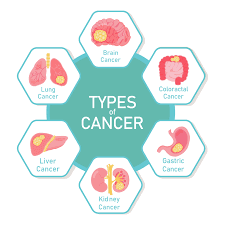
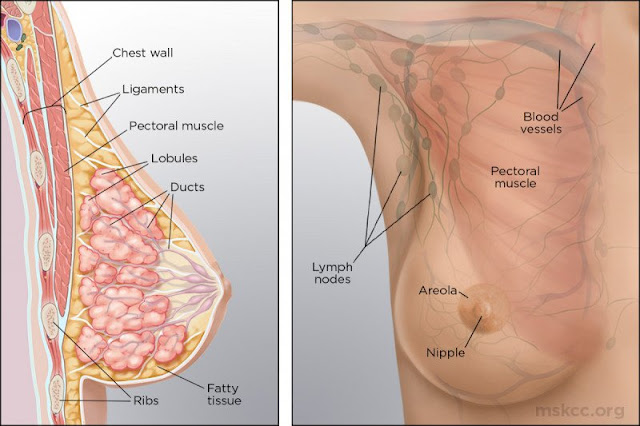
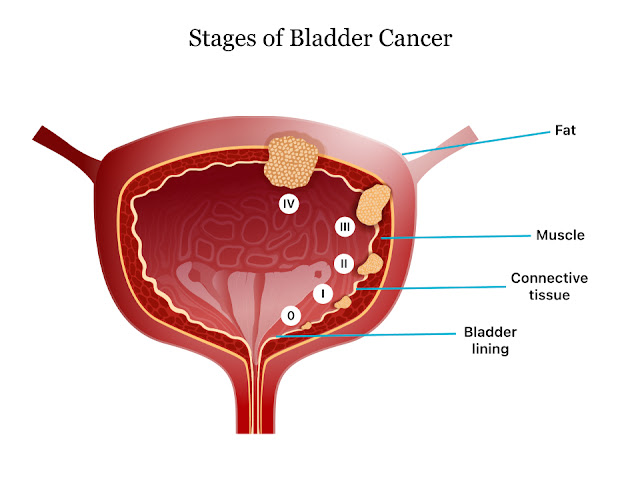
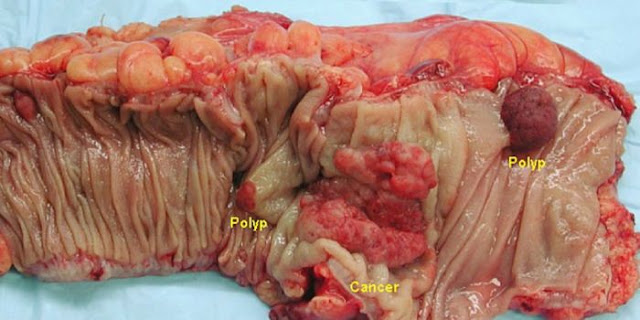
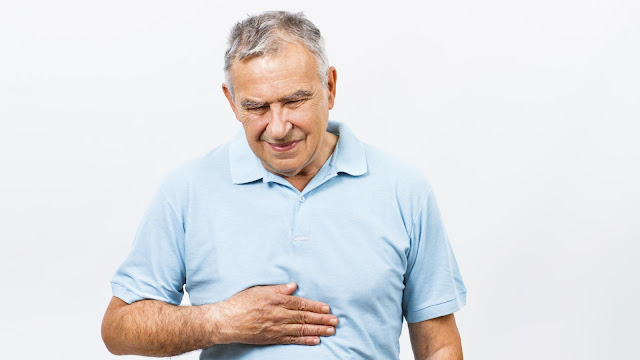


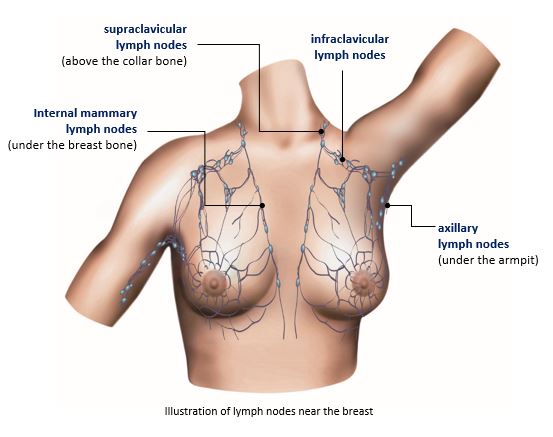








1 Comments
Great likha👍👍👍👍👍many bst wshes 4 u dear❤❤❤❤
ReplyDelete